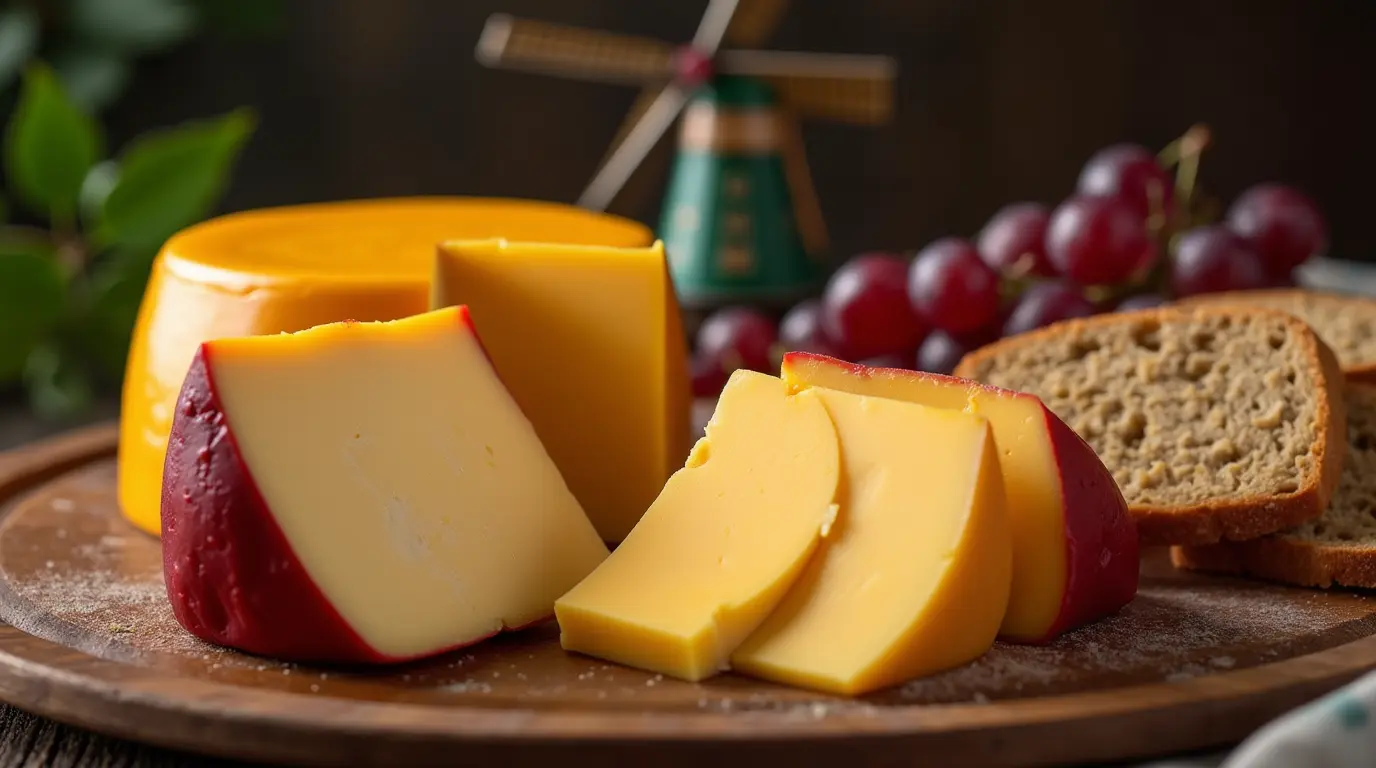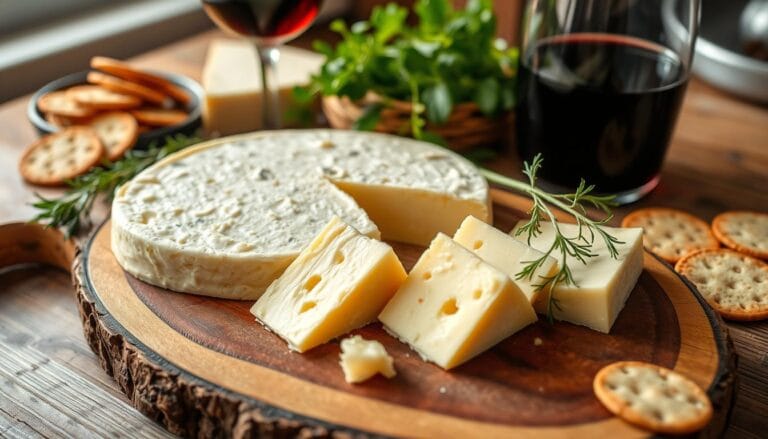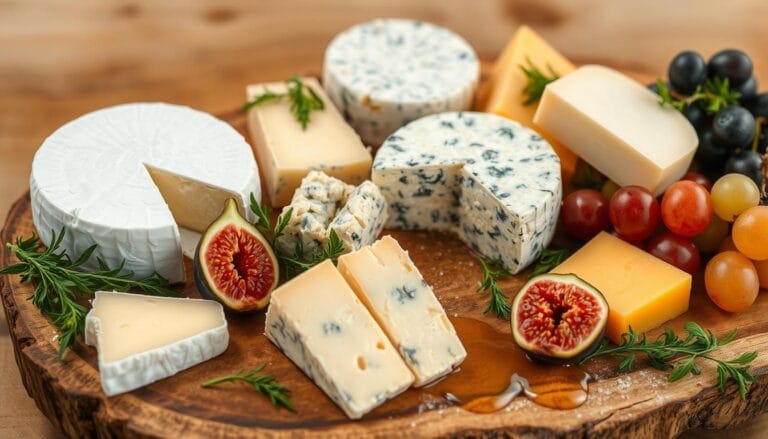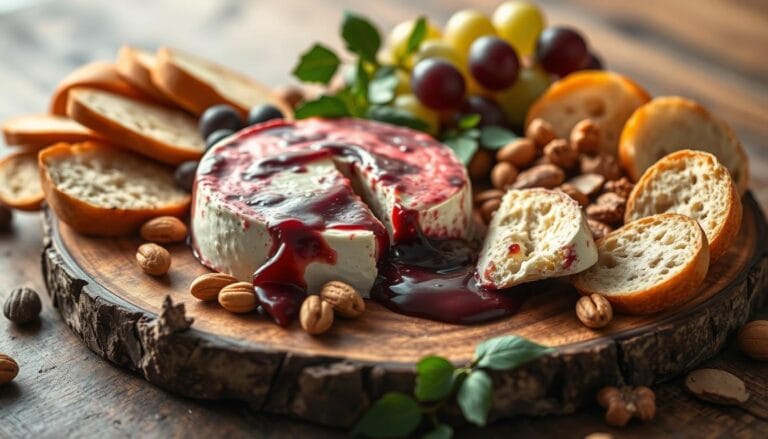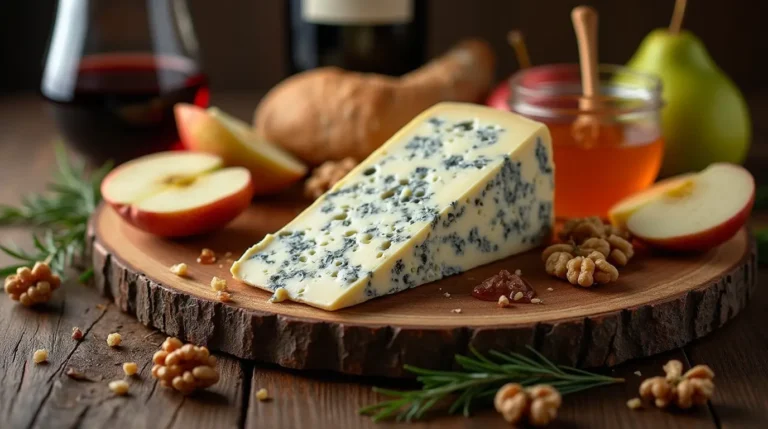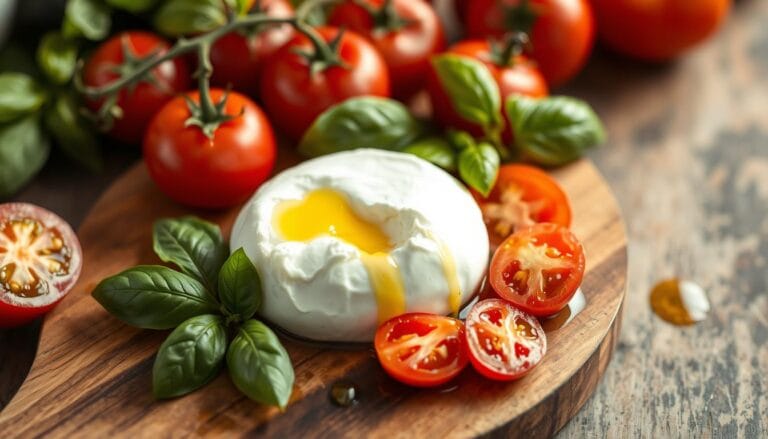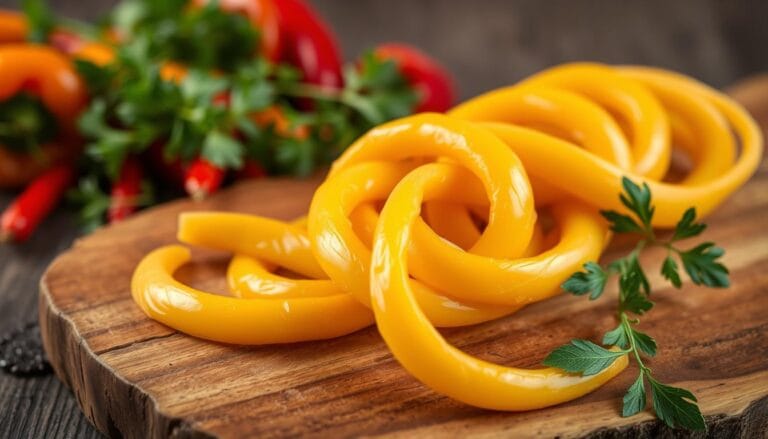Exploring the World of Dutch Cheese: A Guide for Foodies and Travel Enthusiasts
If you’ve ever enjoyed the rich creamy flavor that comes from a Gouda wedge or the subdued spicy flavors of a slice of Leyden, then you’ve had the pleasure of Dutch cheese’s enchanting flavor. It’s more than a mere companion with crackers Dutch cheese has a long history of traditions, ingenuity and a deep significance to culture.
Whether you’re a cheese lover, a foodie, or a travel enthusiast, this guide will take you on a flavorful adventure into the world of Dutch cheese. We’ll explore its history, the unique varieties, the art of cheese making, and even how to enjoy it at home or in the heart of the Netherlands.
Table of Contents
A Brief History of Dutch Cheese
The Netherlands and cheese share a relationship that dates back over 2,000 years. From ancient times, cheese-making wasn’t just a culinary skill—it was a way of life. By the Middle Ages, Dutch farmers were perfecting techniques that would put their cheeses, particularly Gouda and Edam, on the map as global trade grew. Today, cheese remains a proud symbol of Dutch culture, celebrated in markets, festivals, and by cheese lovers around the globe.
The Netherlands even has its nickname to match its cheesy reputation—“Kaasland,” which literally translates to “Cheese Land.”
Types of Dutch Cheeses You Need to Try
The variety of cheeses produced in the Netherlands is remarkable. Here’s a look at some of the most iconic:
1. Gouda
Undoubtedly the star of Dutch cheeses, Gouda (pronounced “HOW-duh” in Dutch) is globally renowned for its creamy texture and mild, nutty flavor. What makes Gouda so popular is its versatility—it evolves with age.
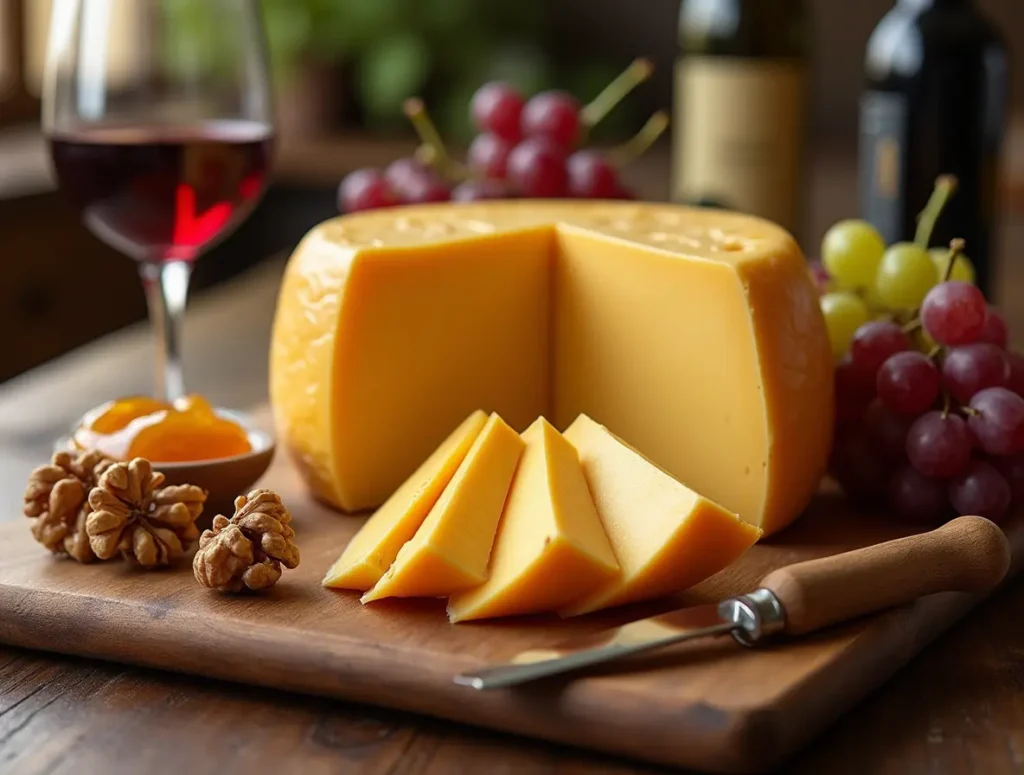
- Young Gouda is soft, creamy, and sweet—perfect for snacking or melting.
- Aged Gouda, on the other hand, has a richer, caramel-like flavor and crunchy tyrosine crystals that cheese connoisseurs adore.
- Smoked Gouda, with its robust smoky aroma, is perfect for pairing with wines or charcuterie.
2. Edam
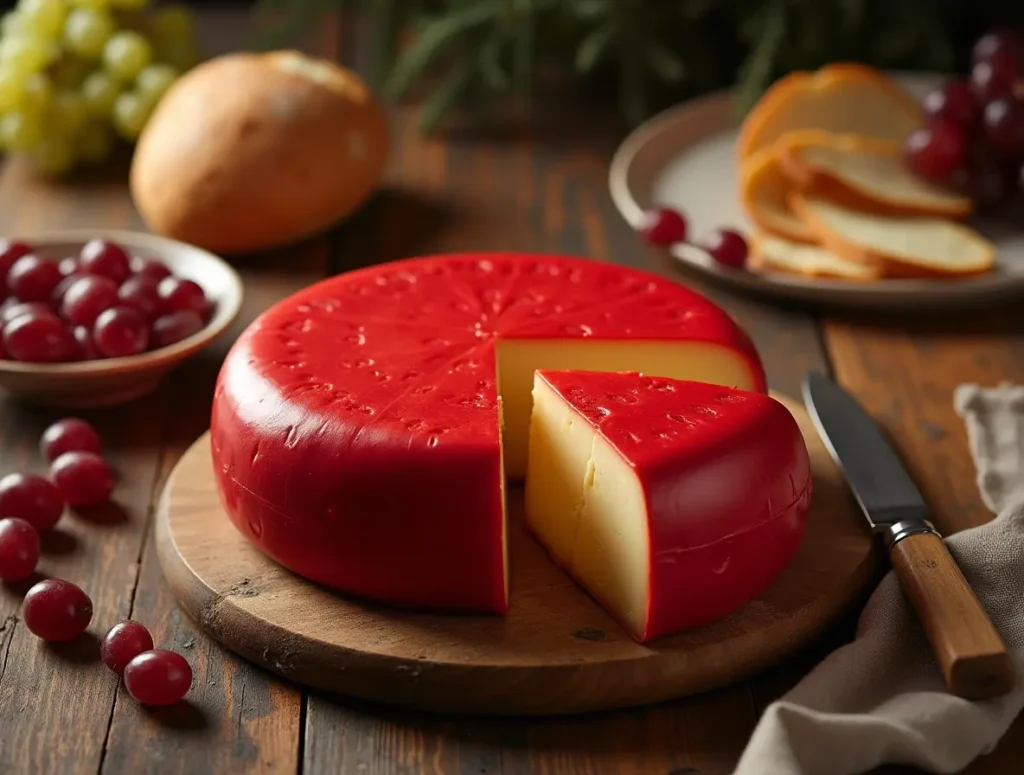
Known for its iconic red wax coating, Edam originates from the town of the same name. It boasts a mild, slightly nutty flavor and a firm texture that makes it less likely to crumble—a historic advantage for storage and transport. Once the most popular cheese worldwide, Edam’s subtle flavor pairs well with fruits like apples and pears.
3. Leyden
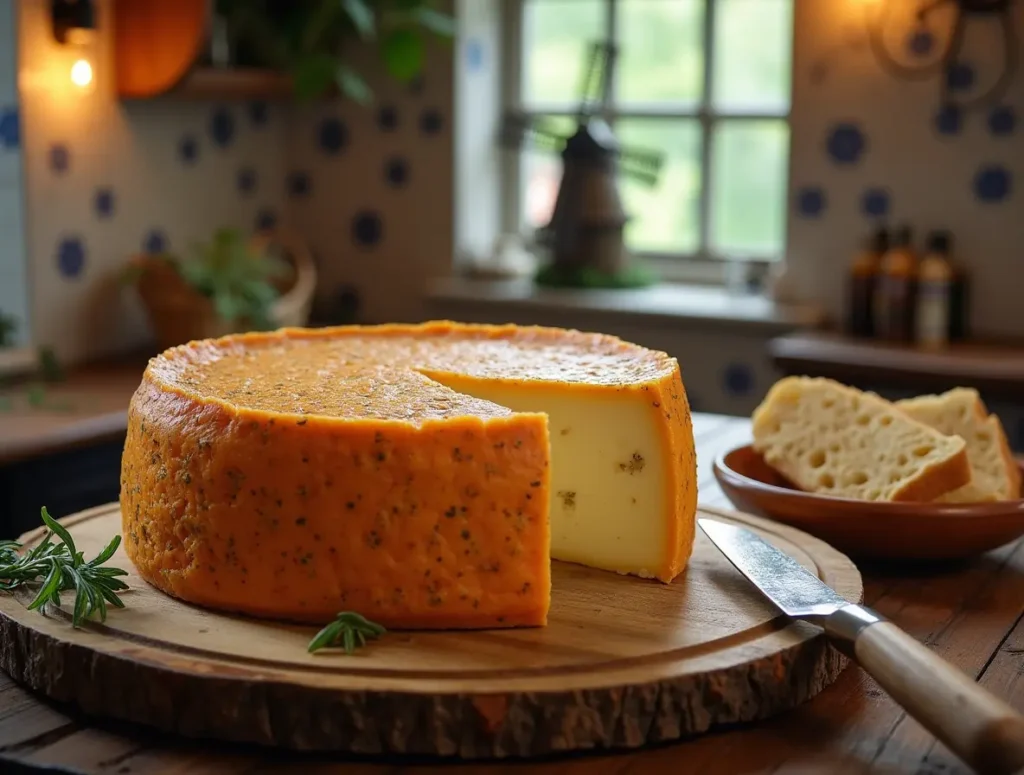
If you’re a fan of some spice Leyden is an absolute must. The semi-hard cheese that is infused with caraway seeds and cumin is a product of in the small town of Leiden. Its distinctive aroma and tart flavor makes it a perfect option for cheese boards or as a unique twist in sandwiches.
Other Hidden Gems
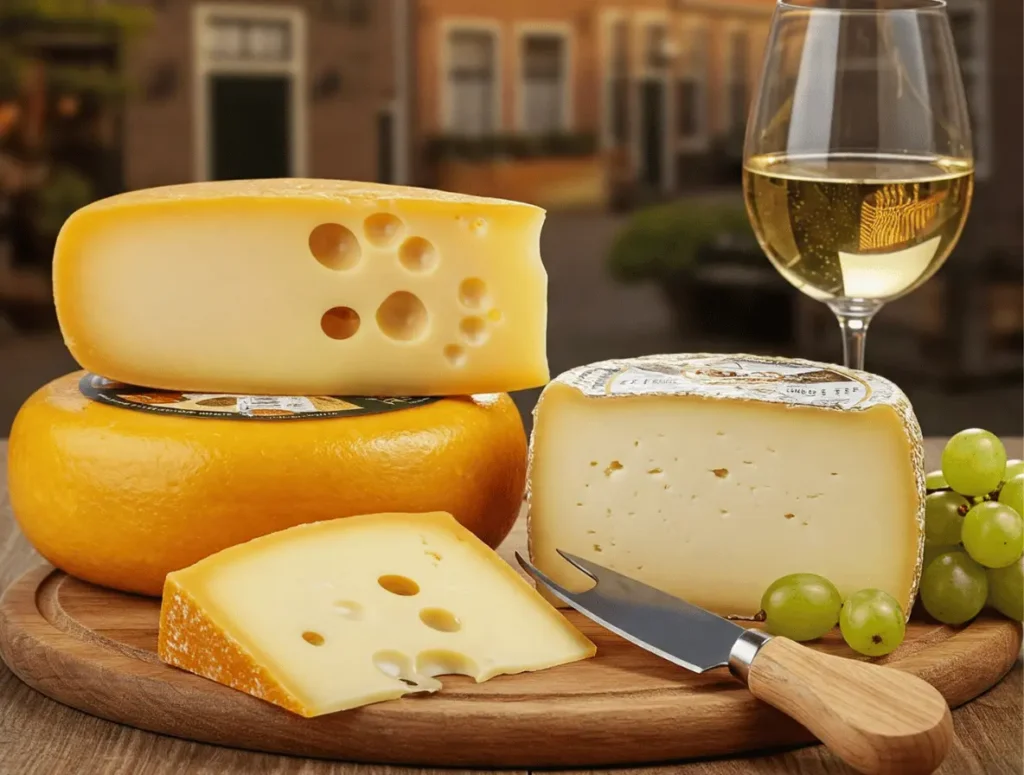
Be sure to also explore lesser-known varieties like Maasdam with its Swiss-like nuttiness, or Boerenkaas, a raw-milk farmhouse cheese often crafted in small batches for a more artisanal taste.
The Dutch Cheese-Making Magic
How does Dutch cheese achieve its unique character? It all comes down to tradition, process, and terroir.
A Peek Into the Process
- Milk Preparation: Whether it’s cow, goat, or sheep milk, the foundation of Dutch cheese starts with high-quality milk.
- Curd Forming and Whey Removal: Enzymes and rennet are added to curdle the milk, separating the solid curds from the liquid whey.
- Pressing and Shaping: The curds are pressed into molds to achieve their distinct shapes, such as Gouda’s flat wheel or Edam’s ball.
- Brine Bath: Cheese wheels are submerged into brine to enhance flavor and form a protective outer layer.
- Aging: This is the step where time works its magic. During aging, flavors intensify, textures firm up, and cheese achieves its signature character.
The climate and lush grassy pastures of the Netherlands also contribute to the rich flavor profiles of these cheeses.
Dutch Cheeses in the Modern World
While rooted in tradition, Dutch cheese-making has embraced innovation to stay relevant on the global stage.
AI tools and robotics have streamlined production while ensuring quality standards remain high. Gouda and many other Dutch cheeses are now exported worldwide to meet growing demand, but artisanal processes are still preserved by certified “Boerenkaas” producers following age-old methods.
The Netherlands has also made sustainability a priority. Many modern dairies now operate with environmentally friendly practices, helping preserve nature while delivering top-tier cheese.
Perfect Pairings and Serving Tips for Dutch Cheeses
Good cheese is great on its own, but a well-chosen pairing can elevate the experience:
- Fresh fruits (grapes, apples, pears).
- Nuts (hazelnuts, almonds).
- Crackers or toasted bread.
Serving Tips
Always serve Dutch cheese at room temperature to enjoy its full flavor, and wrap leftovers in wax paper or a breathable cheese cloth to store.
Where to Buy Dutch Cheese
Local Markets in the Netherlands:
- Alkmaar Cheese Market (held weekly on Fridays) replicates a medieval cheese market for an authentic experience.
- Gouda Cheese Market is the best place to buy its namesake cheese.
International Sources:
- Specialty stores like Murray’s Cheese or La Fromagerie often stock Gouda, Edam, and unique Dutch varieties.
- Many brands ship internationally, such as Beemster and Frico.
Indulge in the Wonders of Dutch Cheese
Dutch cheese goes beyond a food item, it’s something that you can experience as a way of life and a piece of the past. From the smooth Gouda to the hot Leyden There’s a variety of cheese to suit every taste regardless of whether you’re a spry foodie or just a casual snacker.
When you next visit a cheese shop or you’re planning a trip to Netherlands take the time to make it a goal to sample genuine Dutch cheese. You can share this article or invite your family and friends for a cheese tasting and most importantly, savor every bite of deliciousness. Proost (cheers)!
FAQ About Dutch Cheese
Q What is it that is it that makes Dutch cheese special?
A: Dutch cheese stands out due to its rich past and traditional methods of production, and the variety of flavors. A large number of Dutch cheeses, including Gouda and Edam are aged in order to give distinct textures and flavors which range from creamy and mild to sharp and smoky.
Q How can Dutch cheddar be preserved?
A to keep Dutch cheese fresh place it on wax or cheese paper, and then store it inside the fridge. Avoid wrapping it in plastic, because it could absorb moisture and alter the taste. Let the cheese cool to temperatures at room temperature prior to serving for the best flavor.
Q Is all Dutch cheeses made of cow’s milk?
A: Although cow’s milk is the most common choice, certain Dutch cheeses can be made with sheep’s or goat’s milk that have distinct flavors and textures. Make sure to read labels for the specific types of cheeses.
Q Is it possible to cook Dutch cheese? be cooked using Dutch cheddar?
A: Absolutely! Dutch cheeses such as Gouda as well as Edam melt perfectly and are perfect to cook with. Make use of them in recipes for soups, sandwiches or casseroles to get a delicious and creamy taste.
Q Where can I purchase genuine Dutch cheddar?
A: Genuine Dutch cheese can be sold at specialty cheese shops market, farmers’ markets or on the internet. In the Netherlands and you’re in the area, a visit to local cheese markets, like Alkmaar. Alkmaar is a must to experience the true taste.

